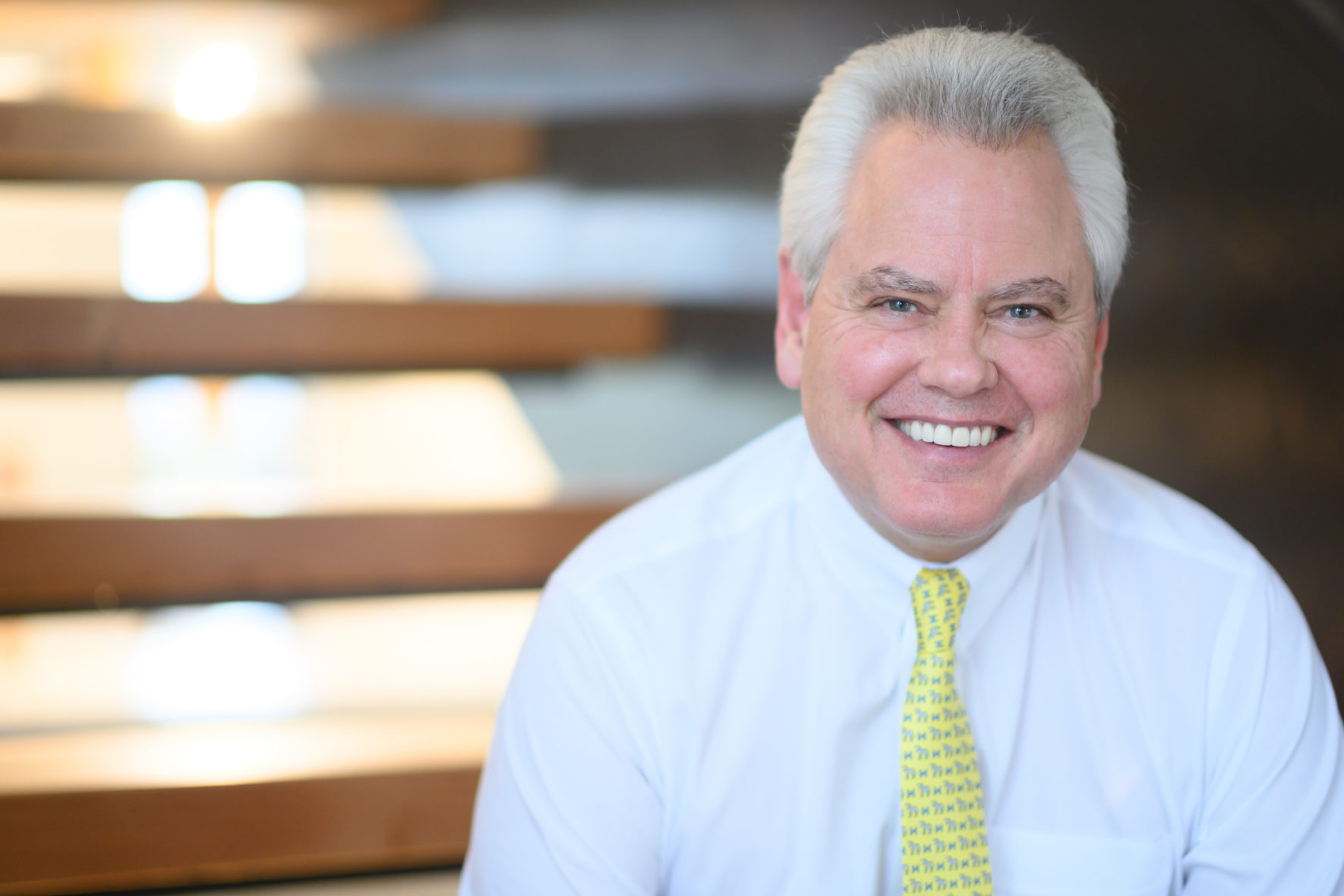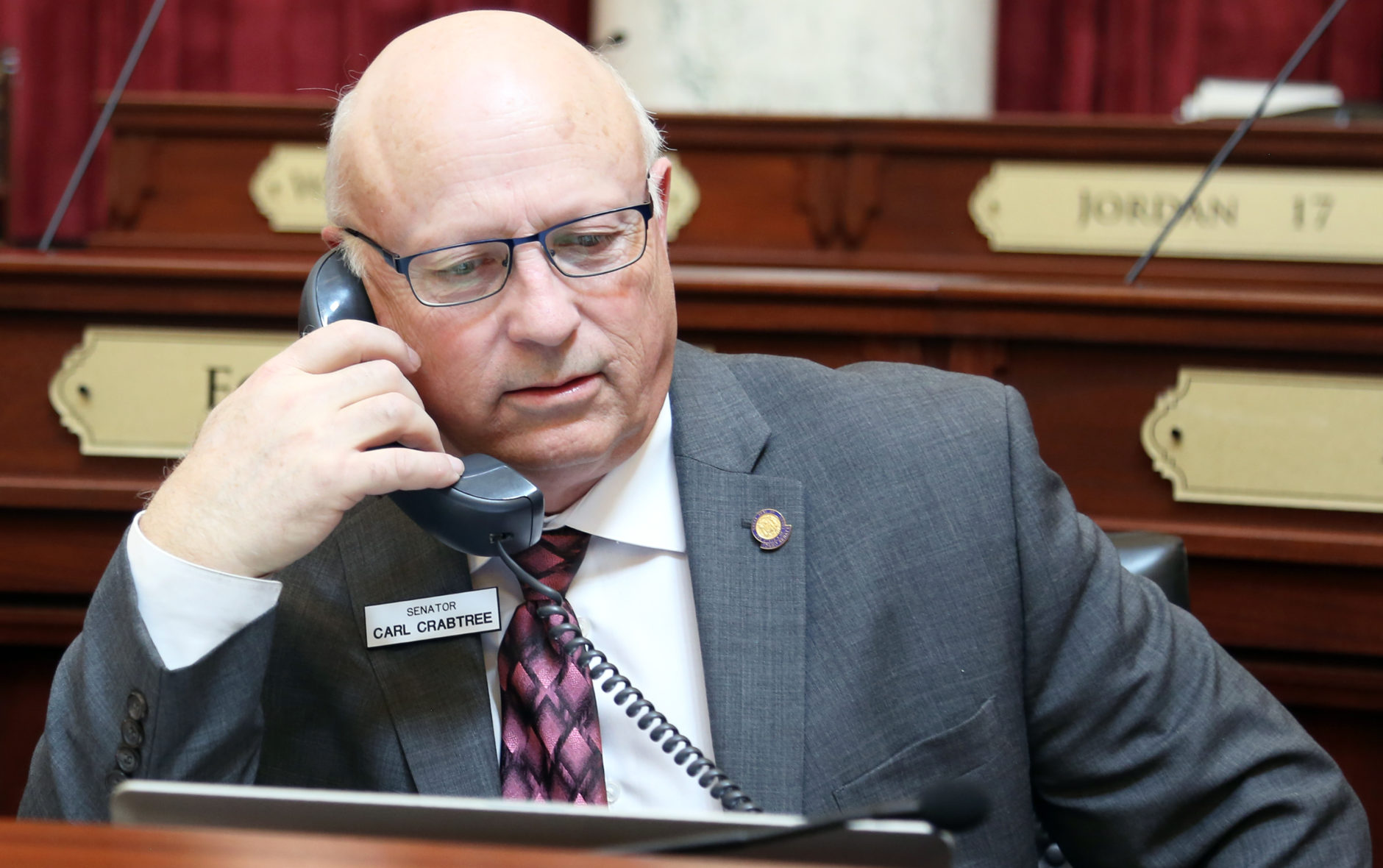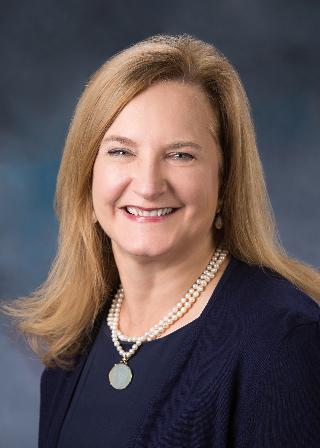C. Scott Green faced a career crossroads this year. Should he stay in New York City as an executive with an international law firm, or return to his home state and his alma mater as University of Idaho president?
A friend in the legal profession broke it down for Green in stark terms. He could stay put and help law partners get richer, or he could change the lives of tens of thousands of college students. The closing argument made, Green decided on the U of I job.

Green, 57, is moving across the country and taking a pay cut, even though the U of I will pay him $420,000 per year. He says he has no career backup plan, and the U of I faces myriad challenges: staff morale, a recent enrollment drop, an athletic department in disarray.
So why do it?
“I don’t like what’s happened over the last 10 years, and I think I can help,” Green said in a recent interview.
A nontraditional choice
The State Board of Education chose Green over a field of finalists from college president Central Casting: four candidates who have worked as college deans or provosts.
Green hasn’t worked in academia and doesn’t hold a doctorate. He instead comes from Hogan Lovells, a law firm with 45 offices around the world. Green was the firm’s global chief operating and financial officer.
Green’s background is in business; the Moscow native and Boise High School graduate received a bachelor’s in accounting from the U of I in 1984, and an MBA from Harvard University in 1989. He was a non-lawyer who ran law firms. Now, he’s a non-academic in charge of a university. He sees some common themes, some common management strategies.
Attorneys are skeptical by nature, he says, and they don’t respond well to a command-and-control environment. “You can’t tell them what to do.” The same traits apply to a university’s faculty — and with it comes the same need to work with staff to achieve buy-in.
“I think my management style is one that fits very well in a higher ed environment,” he said.

As an Idahoan and a U of I grad, with ties to the university’s alumni association and foundation, Green “is going to do great as a salesman for the University of Idaho,” said Sen. Carl Crabtree, R-Grangeville. The challenge will be in selling himself to the academic community. Green’s predecessor, Chuck Staben, ran afoul of some prominent boosters and agreed to step down after five years on the job, but he brought a background in academic research to the job.
“I had no problem with Staben,” said Crabtree, a U of I graduate who now sits on the Senate Education Committee and the budget-writing Joint Finance-Appropriations Committee. “He’s a man of substance and academia and I respected that.”
Top priorities and pressing challenges
Green breaks his priorities into three areas:
- He wants to enhance the student experience. He says he’s committed to making the U of I a safe campus — a process that begins with bystander intervention for incoming students, and training in the residence halls and fraternities and sororities. He also wants to ensure the U of I is affordable. “We have to take a hard look at where we can bend the cost curve.”
- He wants to enhance research opportunities for undergraduates and graduate students alike. The U of I has done a good job of integrating research into bachelor’s and extension programs, he says; two-thirds of undergrads get a chance to work on applied research projects.
- He wants the U of I to do a better job of telling its story. Green says a big part of his job will be in talking up the university’s unique academic offerings — and the value of a college education.
That sales pitch comes at a pivotal time not just for the U of I, but for the state’s entire higher education system. The state has made scant progress to hit its “60 percent goal” — an effort to convince more young adults to finish college or obtain a professional certificate. The postsecondary completion rate remains mired at 42 percent, and that’s partly a reflection on college graduation rates. And at a time when the state is trying to encourage more high school graduates to go to college, the U of I’s enrollment dropped by 2.6 percent last fall.
Part of the enrollment challenge hinges on affordability. Green applauded the Legislature’s decision to put an additional $7 million into the state’s highly sought-after Opportunity Scholarship, making more money available to eligible students. But Green also worries that the enrollment decline means students are dropping out because they can’t afford to continue their education — especially since 40 percent of the U of I’s students qualify for federal Pell grants.
Attracting and keeping students is part of Green’s challenge. There’s also the problem of attracting and keeping faculty.
It’s tough enough to recruit faculty to the U of I’s secluded campus on the Palouse. It’s tough to keep teachers from taking jobs across the state line at Washington State University. And after a revolving door at the president’s office, morale is a problem.
“To be honest, I think it’s been challenged,” he said.
The diversity debate
Relatively speaking, Green has enjoyed a low-key transition — touring the state, making and remaking connections with the university community and learning more about a university he thought he already knew well.
By contrast, new Boise State University president Marlene Tromp’s first month has been dominated by a firestorm over diversity and inclusion programs. Republican legislators have called on Tromp to dump diversity programs, anonymous critics have depicted her as the leader of a campus “clown world” — but other politicians and education leaders, including former Boise State President Bob Kustra have come to the university’s defense.
Green has avoided the spotlight, but the diversity debate is not just a Boise State issue. Green has been tracking the issue closely, and he says there is room for an “honest debate” about diversity. However, he says the current controversy won’t make him change his course.
“I need to get as many students into the University of Idaho as possible. … If I have to have a special program for rural students, I’m going to do it. If I have to have a special program for students in Nampa, I’m going to do it.”

It’s not exactly clear what diversity programs will look like on Green’s watch. For example, he was noncommittal about whether he will continue a Latino Advisory Council, launched by Staben. “I am committed to diversity and inclusion and the impactful ways we can bring our statewide outreach and our educational missions together,” Green said in an email.
Former U of I student body president Nicole Skinner is sold on Green’s commitment to diversity. Skinner served on the presidential search committee, and she said all the finalists had good answers to questions on diversity and inclusion. But Green’s answer stood out, she said, because it came with a promise that he will lead by example and surround himself with a diverse management team.
‘It’s been a homecoming’
Green is candid about how he has been received in the U of I community.
Faculty members, by and large, are taking a wait-and-see approach, and Green can understand why. They’ve seen a lot of administrators come and go — and with that churn comes strategic plans, upheaval and extra work. He’s promising not to push a new strategic plan, allowing the faculty to do what they do best.
“It really is about quality research and teaching,” he said. “They want to get on with it.”
But Green says he’s heard from many students and alumni who are enthusiastic about having a fellow Vandal in charge. And Green is trying to leverage that school loyalty. Minutes after accepting the job this spring, he told a roomful of students and staffers that he knew only one college fight song and has no plans to learn another.
Skinner is one enthusiastic alum. She knows Green will face a learning curve, but she’s excited about the future. “He clearly has very deep ties to Moscow and the work the U of I is doing.”

Another enthusiastic alum is Rep. Caroline Nilsson Troy, R-Genesee. She has known Green since they both were U of I students. They met through the Greek system and she supported him when he ran, successfully, for student body president. They have stayed in touch ever since.
And Troy knows all too well the turnover at the president’s office, as an alum and a former U of I staffer. She can rattle off, by name, the 12 presidents and interim presidents who have led the school over the past two dozen years.
She’s counting on the passion that comes from hiring an alum. “When your heart is involved, you just go the extra mile.” And she too is counting on some much-needed stability.
“He’s not looking at other universities. He was looking at the job, and this was the job he wanted,” Troy said. “He’s doing this for so many right reasons.”
